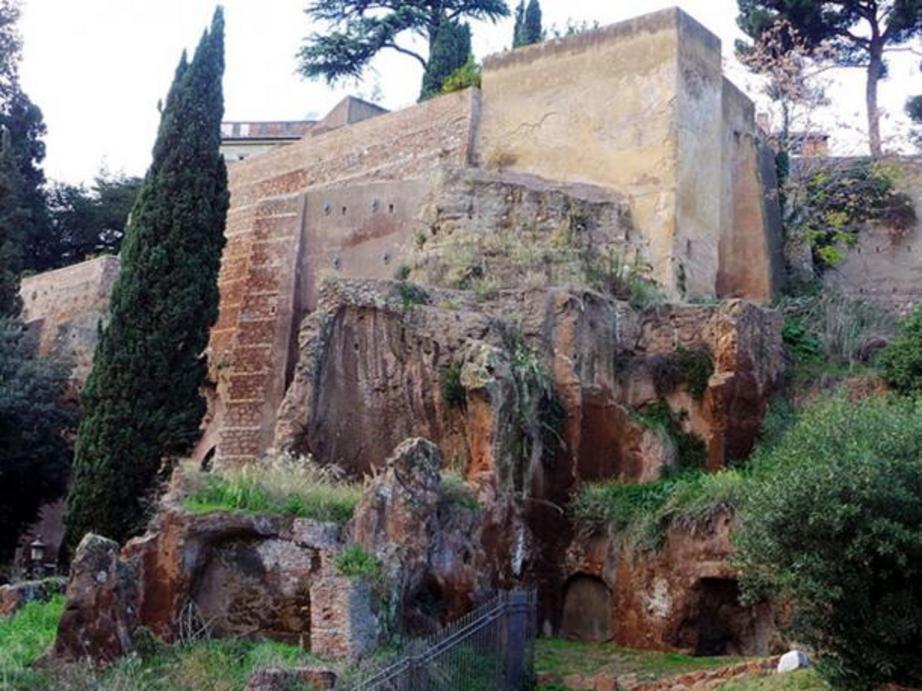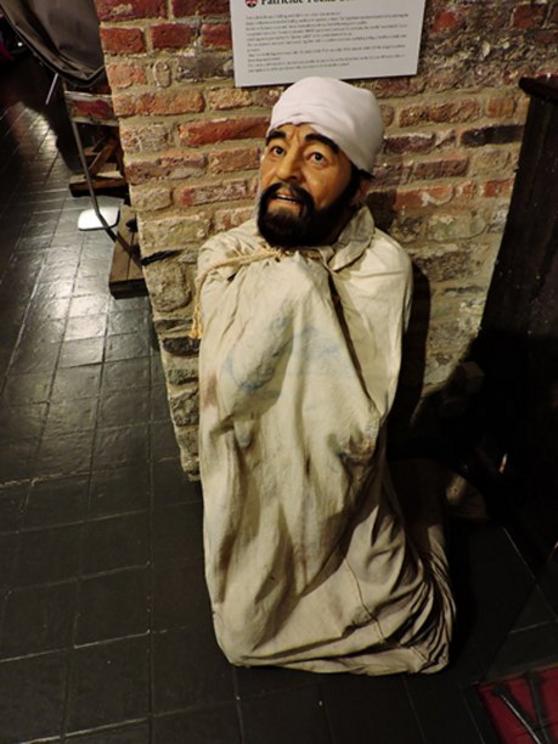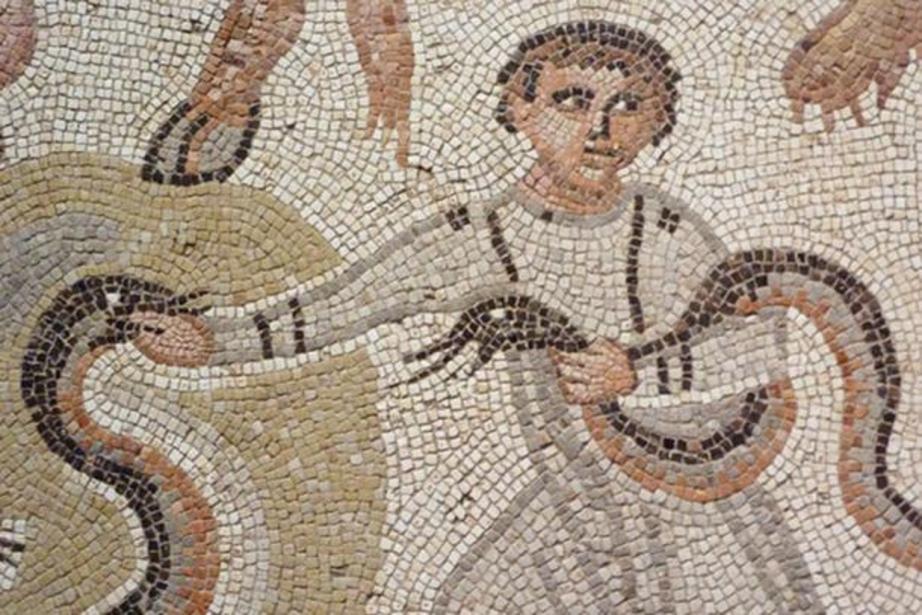Mythbusting ancient Rome: cruel and unusual punishment
Early Roman history is full of stories about the terrible fates that befell citizens who broke the law. When a certain Tarpeia let the enemy Sabines into Rome, she was crushed and thrown headlong from a precipice above the Roman forum.
Such tales not only served as a warning for future generations, they also provided a backstory for some of Rome’s cruelest punishments. Tarpeia is one of many legendary figures who appear in Livy’s History from the Foundation of the City; regardless of whether she was a real person, it became established practice to throw traitors from the “Tarpeian Rock”.

The Tarpeian Rock Capitoline Hill, overlooking the Roman Forum in Rome. (CC BY-SA 4.0)
However, not all of the cruel and unusual punishments we associate with the Romans were carried out in practice or uniformly enforced, and some changed significantly over time.
Obey thy father
Roman society was fundamentally hierarchical and patriarchal. A Roman paterfamilias (the family’s oldest living male) had, in theory, the power to kill someone within his household with impunity. This included not only those physically living under his roof, but the wider family of brothers, sisters, nieces, and nephews as well.
However, historians have debated whether the power may have been largely symbolic and little used in practice. Filippo Carlà-Uhink has argued that the power did exist, but didn’t give heads of the household carte blanche to act as they pleased. For example, the senator Quintus Fabius Maximus Eburnus is said to have killed his son for his “dubious chastity”. But punishing a crime of a sexual nature was not seen as the proper use of a father’s power, so Quintus himself was tried and exiled.
In order for the use of such power to be justified, the son had to have committed a crime against the state. When Aulus Fulvius was killed by his father for his involvement in the conspiracy of Catiline (63 BC), the head of the household was not prosecuted. This was because Catiline and his followers had committed treason by plotting to murder the consul Cicero and seize power for themselves.
A watery and crowded grave
One of the most pervasive misconceptions about Roman criminal justice concerns the penalty for parricide. Anyone who killed his father, mother, or another relative was subjected to the “punishment of the sack” (poena cullei in Latin). This allegedly involved the criminal being sewn into a leather sack together with four animals – a snake, a monkey, a rooster, and a dog – then being thrown into a river. But was such a punishment ever actually carried out?
The epitome of Livy’s History from the Foundation of the City records that in 101 B.C.:
Publicius Malleolus, who had killed his mother, was the first to be sewn into a sack and thrown into the sea.

Dog mosaic, cockerel mosaic, (Public Domain)
In practice, the penalty for parricide often just involved feeding the offender to wild beasts.
There is no mention here of any animals in the sack, nor do they appear in contemporary evidence for legal procedure in the late Roman Republic. In 80 BC, Cicero defended a young man called Sextus Roscius on a charge of parricide, but the murderous menagerie is conspicuously absent from his defence speech.
The animals are attested in a passage from the writings of the jurist Modestinus, who lived in the mid-third century AD. This excerpt survives because it was later quoted in the Digest compiled at the behest of the emperor Justinian in the sixth century AD:
‘The penalty of parricide, as prescribed by our ancestors, is that the culprit shall be beaten with rods stained with his blood, and then shall be sewed up in a sack with a dog, a rooster, a snake, and a monkey, and the bag cast into the depth of the sea, that is to say, if the sea is near at hand; otherwise, he shall be thrown to wild beasts, according to the constitution of the Deified Hadrian.’

Patricide punishment - Poena cullei, Torture Museum (Foltermuseum De Oude Steen), Bruges. (CC BY 2.0)
The snake and the monkey feature in the satirical poems of Juvenal (writing during the age of Hadrian), who suggested that the emperor Nero deserved to be “sacked” with multiple animals for murdering his mother Agrippina. But the dog and the rooster do not appear until the third century AD, when Modestinus was writing.
The punishment fits the (Roman) crime
So was anyone ever actually punished with all these creatures? The emperor Constantine’s penalty for parricide only specified that snakes should be added to the sack. Parricides were commonly punished in other ways such as being condemned to the beasts, which was very popular in the Roman world.

One of the four animals that was said to have been placed in the sack was a snake. (CC BY-SA 3.0)
Many historians have thought that the practicalities of sewing up a dog, a monkey, a rooster, a snake, and a human in a sack together indicates that the penalty was never actually enforced – for one thing, it would be as much a punishment for the executioners as it would for the condemned.
The Romans themselves believed the poena cullei was an ancestral custom – but as with many customs, it was based on preconceptions about the nature of ancient punishments. The best-known version of the penalty for parricide, with all the ferocious fauna included, was a product of the later Roman empire. It was designed to terrify, rather than to be enforced.
For the rest of this article please go to source link below.

